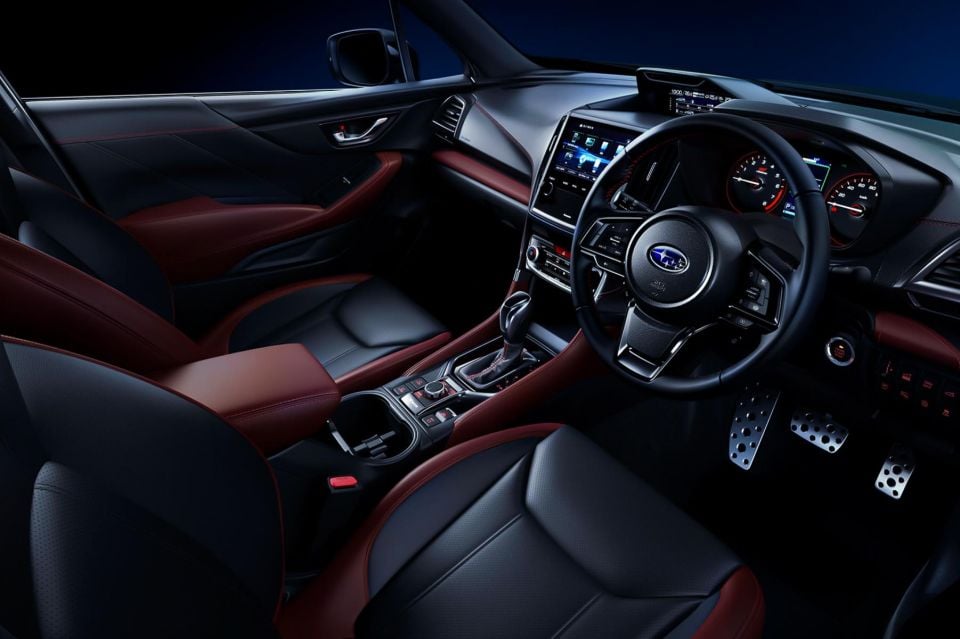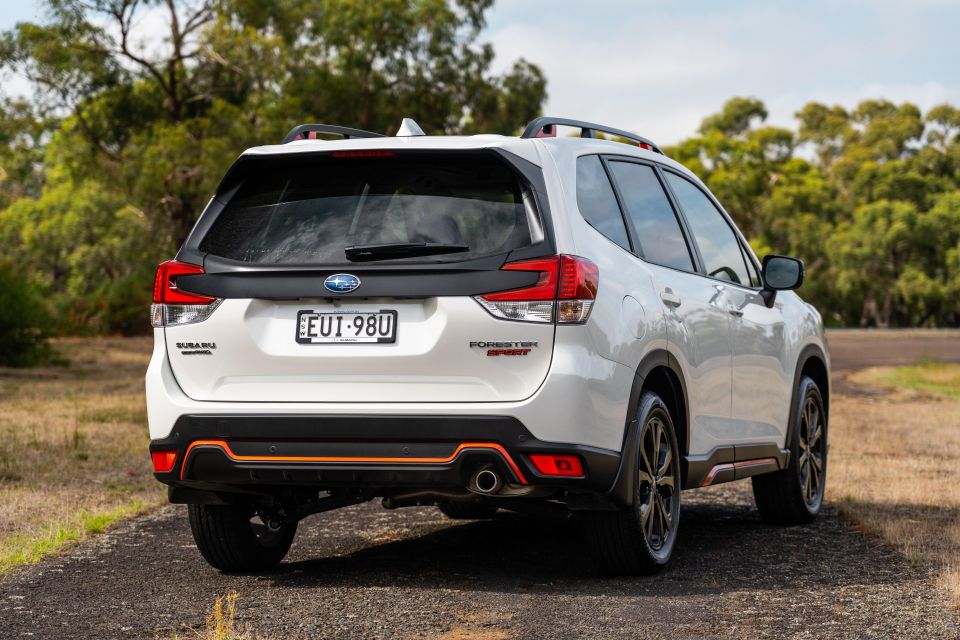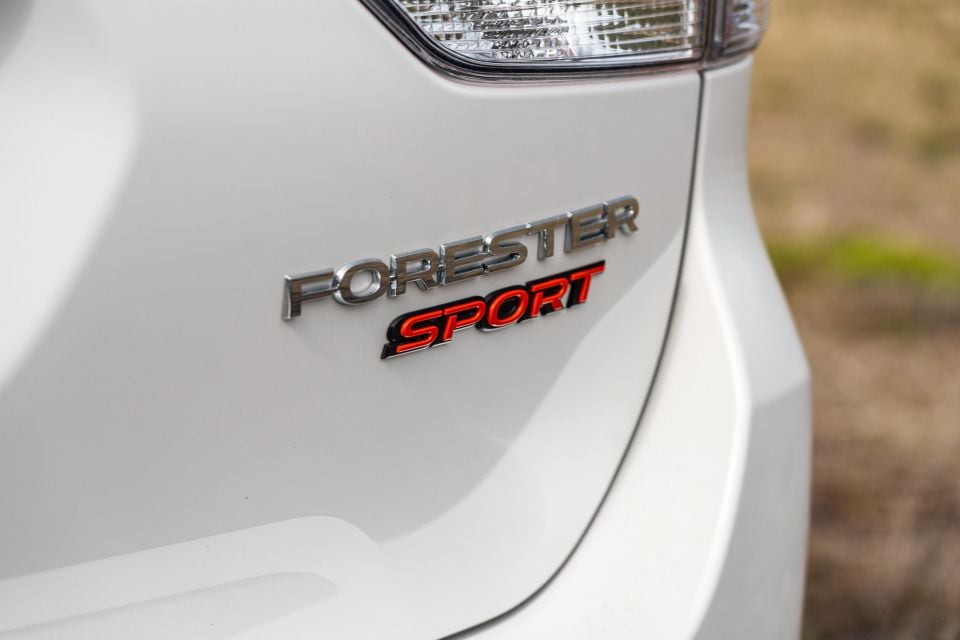

Damion Smy
Boxy new KGM Musso unveiled to take on HiLux and Ranger ahead of Australian launch
7 Hours Ago

Marketplace Editor
Subaru Australia may have answered prayers by introducing turbo power to its larger Outback, but don’t expect to see a revival of the Forester XT anytime soon.
While there is a turbocharged Forester available overseas in right-hand drive, Subaru’s local boss told CarExpert it’s not on the cards for Australia.
“Whilst we are certainly interested in a turbocharged Forester, there’s no immediate plans to launch in the Australian market,” said Blair Read, managing director for Subaru Australia.
In Japan, the Forester is offered with a 1.8-litre four-cylinder turbo petrol engine named ‘DIT’ for ‘direct-injection turbo’. According to Japanese specs, it develops 130kW (5200-5600Nm) and 300Nm (1600-3600rpm) and drives all four wheels via a CVT automatic transmission.

By comparison, the naturally aspirated 2.5-litre Boxer petrol standard in Australia and markets like the US makes slightly more power with 136kW (5800rpm), but 61Nm less torque at 239Nm (4400rpm).
The 1.8T is offered in Sport and STI Sport grades of the Forester in its home market, while the 2.0-litre e-Boxer Hybrid is now the standard powertrain for the wider range.
Subaru also offers the 1.8-litre engine in the Outback and Levorg (WRX Sportswagon) in Japan.
No doubt this news will be a blow for fans of the old Forester XT, which featured a 177kW/350Nm version of the 2.0-litre turbo Boxer engine from the WRX sports compact.

While not quite as powerful as its predecessor, the 1.8L DIT Forester lines up well against the likes of the Hyundai Tucson and Kia Sportage 1.6 T-GDi (132kW/265Nm), the Peugeot 3008 1.6T (133kW/250Nm) and Volkswagen Tiguan 132TSI (132kW/320Nm).
While slightly down on power compared to the existing 2.5i AWD drivetrain in Australia, the more plentiful torque which is available earlier in the rev range would make acceleration more effortless and no doubt improve fuel economy.
According to the Japanese WLTC economy test cycle, the Forester 1.8L DIT is rated to do 13.6km/L (7.35L/100km), compared to the 2.5i AWD’s 7.4L/100km claim against the combined ADR cycle.
That said, the Forester e-Boxer Hybrid quotes 14.0km/L (7.14L/100km) on the WLTC regime, though quotes a thriftier 6.7L/100km against local ADR standards.

The Forester is currently Subaru’s top seller in Australia, returning 10,637 registrations for the 2022 calendar year despite ongoing supply issues, and is up 45.3 per cent for the Jan-Apr period in 2023 with 5840 units registered.
While a popular model in what is Australia’s top new vehicle segment, the Forester has been unable to match the volume of arch rivals in the Toyota RAV4 (8049 units YTD), Mazda CX-5 (7949 units YTD) and Mitsubishi Outlander (7838 units YTD).
Both 2.5-litre petrol and 2.0-litre e-Boxer Hybrid versions are offered in Australia, with prices ranging from $37,890 to $49,340 plus on-road costs.
According to Mr Read, high local demand for hybrid versions has seen wait times blow out to six to eight months for the Forester e-Boxer, though the local arm is working hard to secure more allocation and drive down wait times.

Tell us your thoughts in the comments!
MORE: Subaru eyes new Forester as “next big thing” MORE: Everything Subaru Forester
Where expert car reviews meet expert car buying – CarExpert gives you trusted advice, personalised service and real savings on your next new car.
James Wong is an automotive journalist and former PR consultant, recognised among Australia’s most prolific motoring writers.


Damion Smy
7 Hours Ago


Damion Smy
8 Hours Ago


Damion Smy
10 Hours Ago


Damion Smy
11 Hours Ago


Damion Smy
13 Hours Ago


Damion Smy
14 Hours Ago